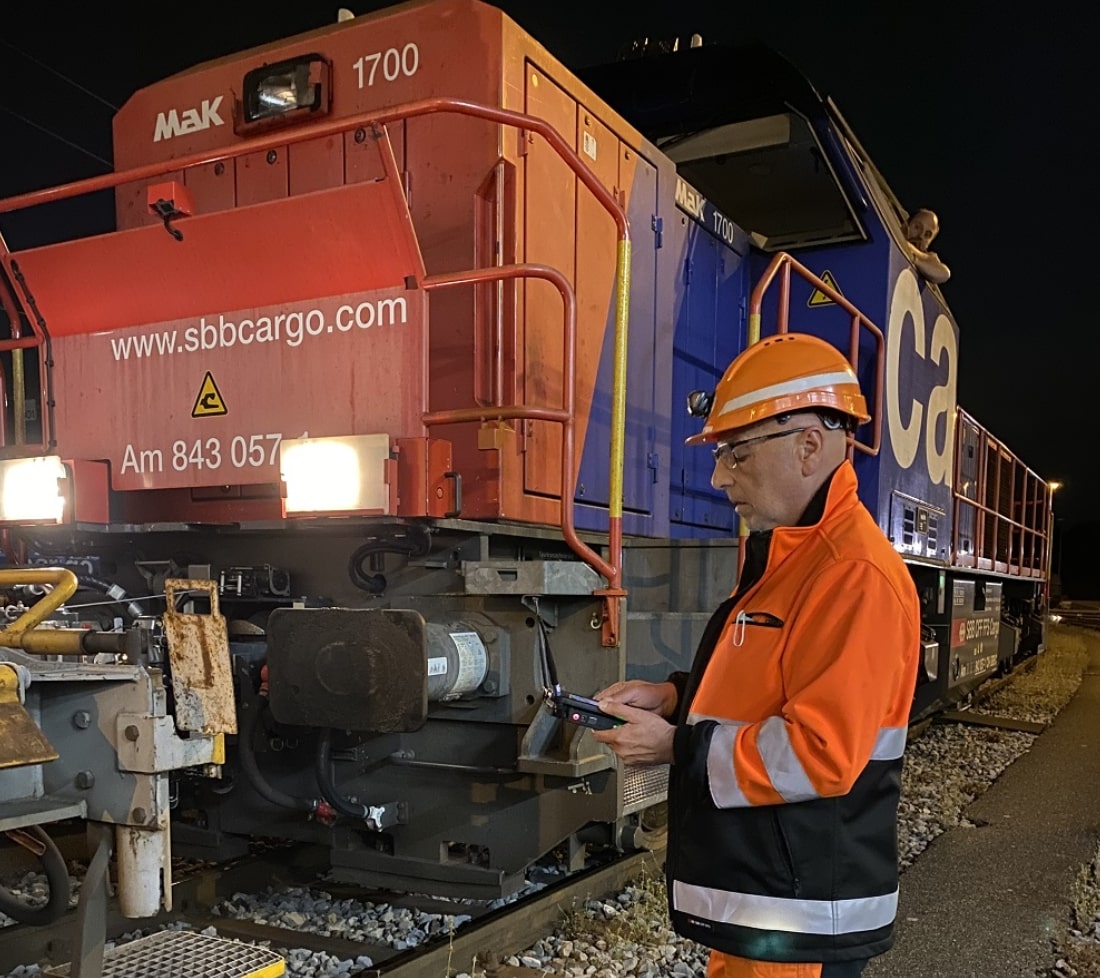Automated brake tests on Swiss freight trains to start in mid-2024

The Swiss Federal Office of Transport issued the type-approval for automated brake tests for SBB Cargo trains. In-service tests will be held at selected locations over the next three months, with a large-scale rollout planned for mid-2024.
Currently, as the Swiss Federal Railways (SBB) pointed out, roughly 200 freight wagons have already been equipped with this technology. For a convoy of 500 metres, SBB claims that the automated brake tests would take no longer than five minutes. The current manual procedure for a similar train would require about 45 minutes. Moreover, the company underlined that the safety of workers is expected to benefit from this project as well, as they would spend less time on the tracks.
As SBB explained, these tests allow to measure the brake conditions of freight wagons in real-time. The main change this initiative might bring is that it will no longer be required to carry out inspections around the train, speeding up operations. The data measured during the tests is displayed on a tablet. “In this way, the brake test can also be carried out from the driver’s cab”, the company pointed out.

Automated brake tests in Europe
The automated brake test initiative has been developed over the past eight years by SBB Cargo, the Austrian rail freight operator Rail Cargo Group and Austrian rail traffic systems company PJ Monitoring (PJM). The system is based on the PJM’s digital WaggonTracker system. It is not clear if the mid-2024 rollout will take place in Austria as well. These types of projects are happening also in Germany. In June 2022, for example, tech firm Knorr-Bremse and private rail freight operator Havelländische Eisenbahn started trials for automated brake tests.
Also read:






Undamped vibrations, resonances between vital components, primarily between wheel, rail and sleepers, seriously affect break capacity. Tracks with “hanging”, undamped, concrete sleepers (low hysteresis sleepers) seriously are affecting braking capacity…
As obstructing from the urgently requested contact damping, voids now is a bigger problem, than at older, wood sleeper tracks, etc. – and for sake of security, when present, promptly to be attended and omitted etc.